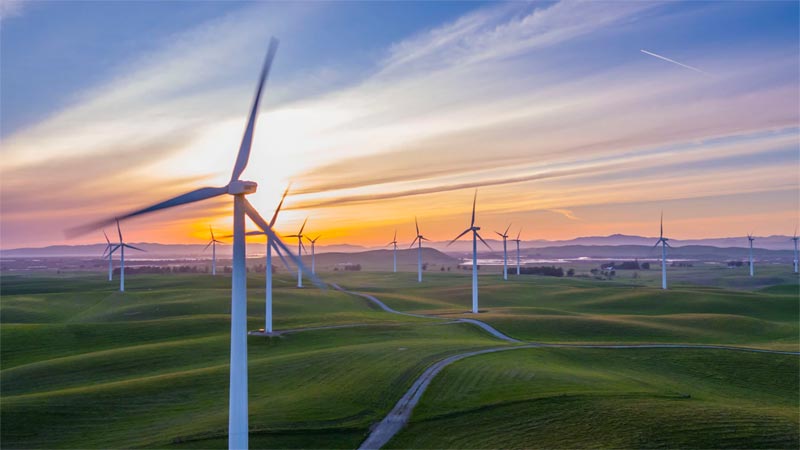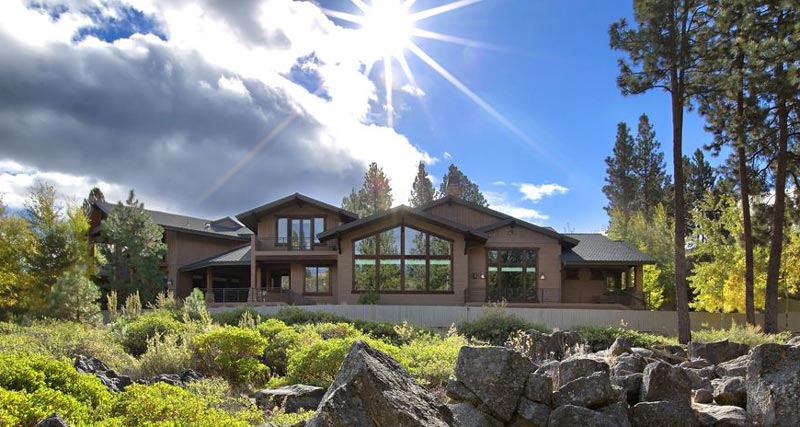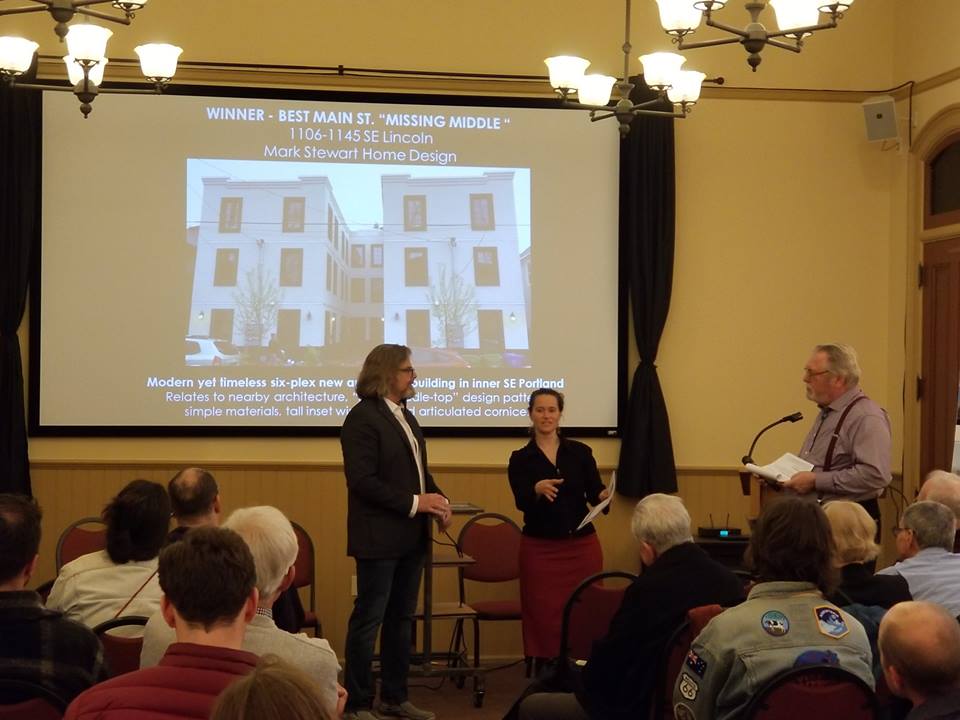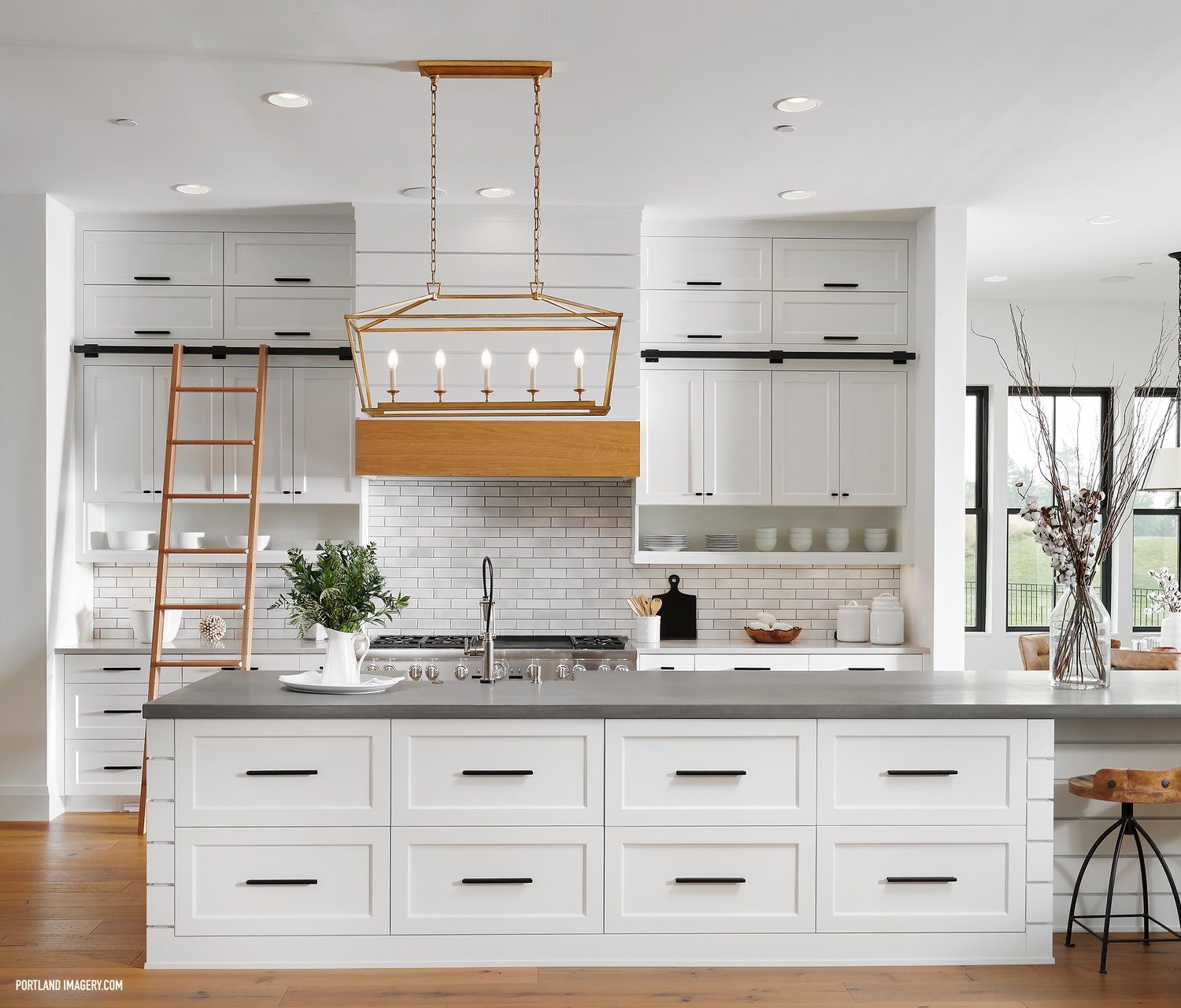Hopefully everyone is looking to be friendlier to the environment these days. Fears of a changing climate, rising energy costs, and creating pollution have led millions of people to being greener in their everyday life. The same goes with building modern homes. Many are looking for ways to make their new homes more energy efficient. Not only does this reduce the environmental footprint of a home, but it also saves the homeowner money in energy costs down the road. Here are 5 of the most effective practices to help make your new home build as green as possible.
1) Start at the Design Phase
A home is more than just a box in which you place the stuff that you own. Sure, those walls and the roof protect you from the elements, but a house is in fact a pretty complex system. There are various components that all have to function cohesively to ensure the health, comfort, and safety of the occupants inside of it. These components include the heating and air conditioning system, the plumbing, the windows and doors, and even the roofing and gutter system. To make a new home truly green, you need to start at the design phase and take all of these systems into account. Being energy efficient requires attention to all of the details including the interior design ideas you might have. Every decision you make in the design phase will have an impact on the overall energy output of the home. Make sure that during the design phase, you can include everyone who might be involved, from your general contractor to the architect and subcontractors. You will want everyone on the same page right from the start.
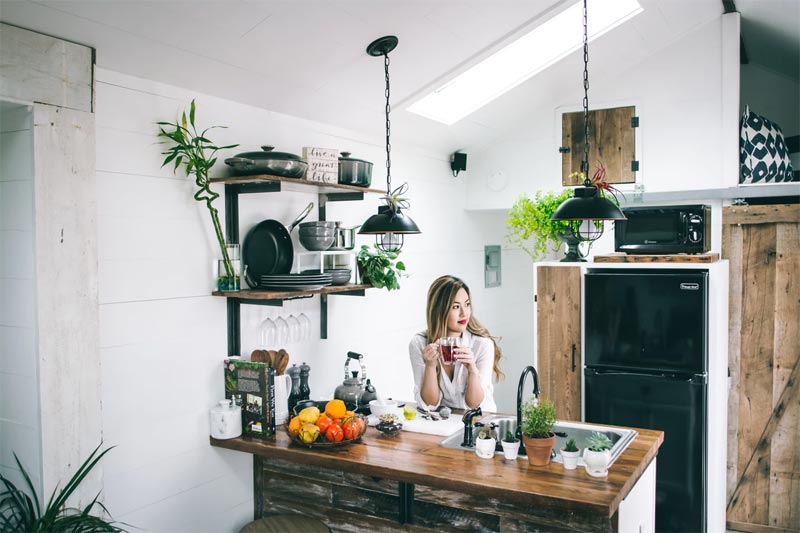
2) Orientation Matters
It is generally good practice to make sure that your south wall is within 30 degrees of true south. True south is not the same as magnetic south, so make sure that you take that difference into account. The south side of the house will get more sun, so you should use that to your advantage. The rooms along that south wall should have the proper proportion of windows to allow for light and heat to enter during cold months. A good general rule of thumb is that windows should be approximately 10% of the size of the floor of the room. You can shift that proportion slightly either way. In the colder months, you can keep those windows un-shaded to let light and heat into the home. During the summer, shade the windows to help protect from the heat and make things easier on your HVAC system.
3) Ventilation
Much of the energy your home uses will involve heating and cooling the air. The easier it is for the HVAC system to do its work, the less energy it will use. Ventilation is vital for the HVAC system to work properly. Not only that, but it will help keep keep your indoor air quality high, which is better for the health of you and your family. It’s important to keep moisture out of the home as best as possible. In designing the home, make sure that there are exhaust fans in the washrooms, range hoods, fireplace inserts, and proper dryer vents. These should all connect to a duct system that quickly and efficiently gets the air outside. Make sure you are installing a high-efficiency HVAC system that will use up less energy than traditional models.
4) Water Usage
The average house uses up a lot of its energy in heating water for everyday use. On top of that, with some types of water heaters, as much as half of the energy they expend is on heating water that does not get used at that time. Using a more efficient water heater can significantly cut your energy output. A general guideline is that the smaller the heater, the more efficient it will be. This is because you are more likely to use the heater water, as opposed to having some left over that will then cool and be heated later. You can also lessen the amount of water you use altogether by installing low-flow shower heads and faucet aerators. Low-flow toilets will use much less water than traditional toilets. Most of them now will allow you to choose if you want a larger flush or lower flush as well. This way, you don’t have to worry about not being able to flush everything down.
5) Insulation and Energy
About half of all of a home’s energy usage is spent from heating or cooling the space. That is why insulation is crucial to having a green home. You will want to make sure that you not only have adequate insulation to keep the home sealed tight, but also that you use green materials. Cellulose uses less energy during manufacturing and is great for wall cavities. Cotton insulation is plant-based and is made of mostly recycled material. There are other options as well that your contractor can help with that may be appropriate for your specific type of home and structure.
As you can see, there are many ways to design and build a home to be more energy efficient and Eco-friendly. Mother nature will thank you, and your pocketbook will as well. You also have the satisfaction of knowing that you are helping to create a cleaner world for generations to come.
